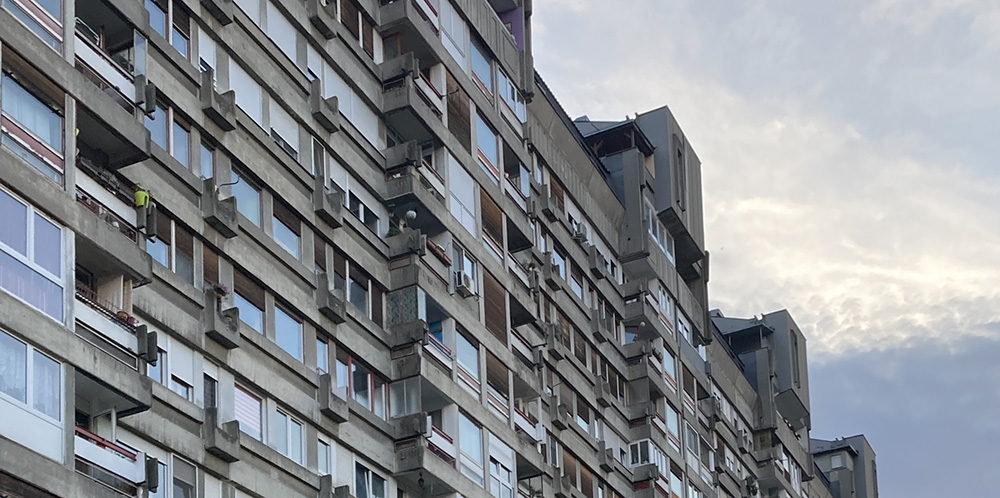Rethinking Critical, Interpretative and Methodological Frameworks
Additional Files
DOI:
https://doi.org/10.52200/docomomo.68.inAbstract
The history of the modernization processes of post-WWII European cities could be observed through the lens of the emerging middle classes between the 1950s and the 1970s when housing significantly contributed to establishing and defining new social identities. Middle classes were the main protagonists of the rapid urban development and massive expansion that profoundly influenced the production of new estates, neighborhoods, and urban sectors, leaving relevant traces on the contemporary built environment of the European cities. In a sense, Europe, in its various civic configurations and cultural representations, became the symbol of progress and prosperity for the middle classes, an international formation restored and restructured by the middle classes which was meant to serve and protect according to a new post-war social contract.
How to Cite
Published
Issue
Section
License
Copyright (c) 2023 Gaia Caramellino, Kostas Tsiambaos, Ana Vaz Milheiro

This work is licensed under a Creative Commons Attribution 4.0 International License.
Plaudit
References
ALLAN, J. (2021). Conservation by consensus: heritage management in large housing estates. Docomomo Journal, (65), 42–49. https://doi.org/10.52200/65.A.F4UHCGJP DOI: https://doi.org/10.52200/65.A.F4UHCGJP
VIDICH, A. J. (ed.) (1995). The New Middle Classes. Life-Styles, Status Claims and Political Orientations. New York: New York University Press. DOI: https://doi.org/10.1007/978-1-349-23771-5
GIDDENS, A. (1991). Modernity and Self-Identity. Stanford: Stanford University Press.
CROTEAU, D. (1995). Politics and the Class Divide: Working People and the Middle Class Left. Philadelphia: Temple University Press,
LIPOVETSKY G. & CHARLES, S. (2005). Hypermodern Times. Cambridge: Polity.
ISENSTADT, S. (2006). The Modern American House: Spaciousness and Middle-Class Identity, Cambridge: Cambridge University Press.
SARQUIS, J. (ed.) (2010). La arquitectura de la vivienda para la clase media, Buenos Aires: Nobuko.
ELEB, M. & BENDIMERAD S. (2011). Vu de l’intérieur. Habiter un immeuble en île de France, 1945–2010, Paris: Archibooks.
CARAMELLINO, G. & ZANFI, F. (eds.) (2015). Post-war Middle-Class Housing: Models, Construction, Changes, Bern: Peter Lang. DOI: https://doi.org/10.3726/978-3-0351-0840-8
FORD, K. (1978). Housing Policy & the Urban Middle Class, New York: Citizens Housing and Planning Council of New York.
SIMPSON, M. A. & LLOYD, T. H., Middle-Class Housing in Britain, Hamden: Archon Books, 1977.
BOLTANSKI, L. & GOLDHAMMER, A. (1987). The Making of a Class. Cadres in French Society, Cambridge: Cambridge University Press.
BOUFFARTIGUE, P. (2001). Les cadres. Fin d’une figure sociale, Paris: La Dispute.
CHAUVEL, L. (2006). Les classes moyennes à la dérive, Paris: Éditions du Seuil/La république des idées.
SULLIVAN, T., WARREN, E. & WESTBROOK, J.L. (2000). The Fragile Middle-Class: Americans in Debt, New Haven: Yale University Press.
TOSTÕES, A. (2021). Housing for the greatest number. Docomomo Journal, (65), 2–3. https://doi.org/10.52200/65.A.O5TLBHP9 DOI: https://doi.org/10.52200/65.A.O5TLBHP9





